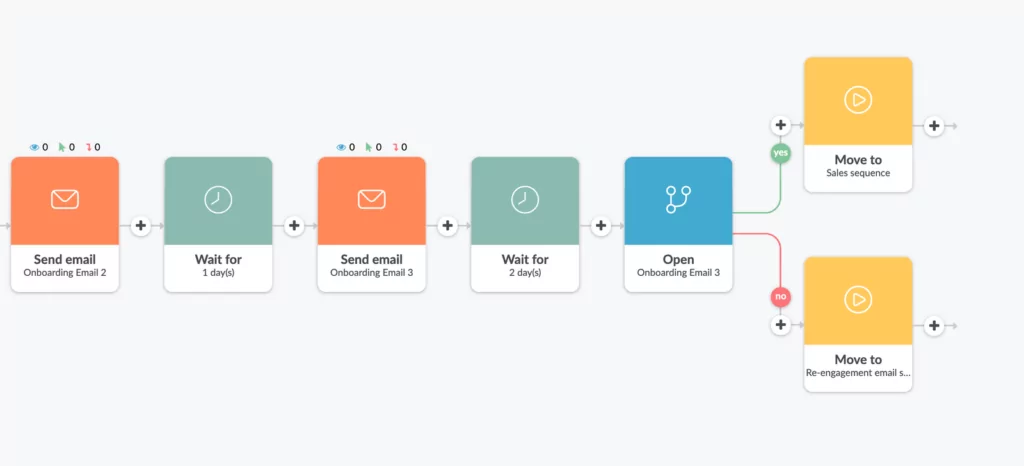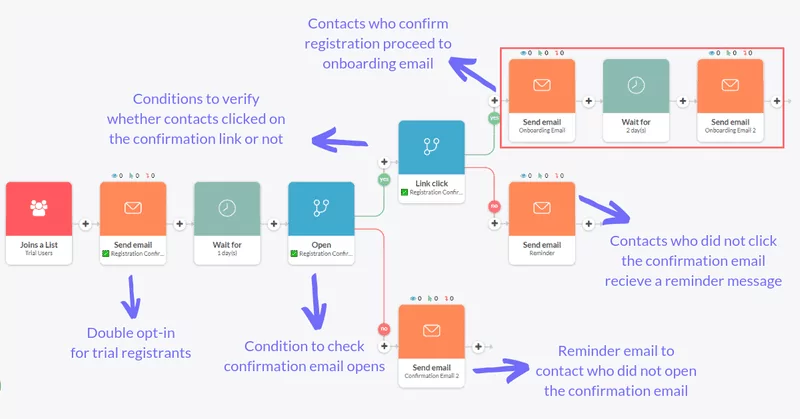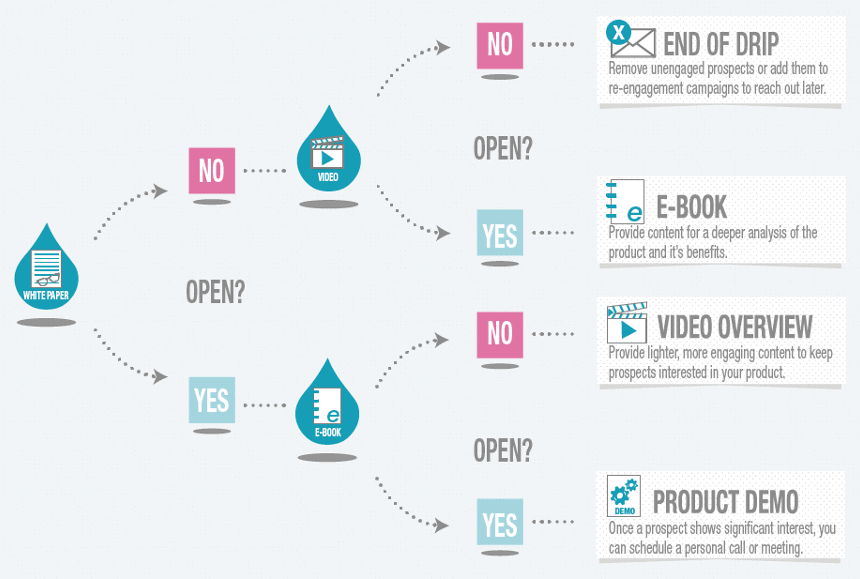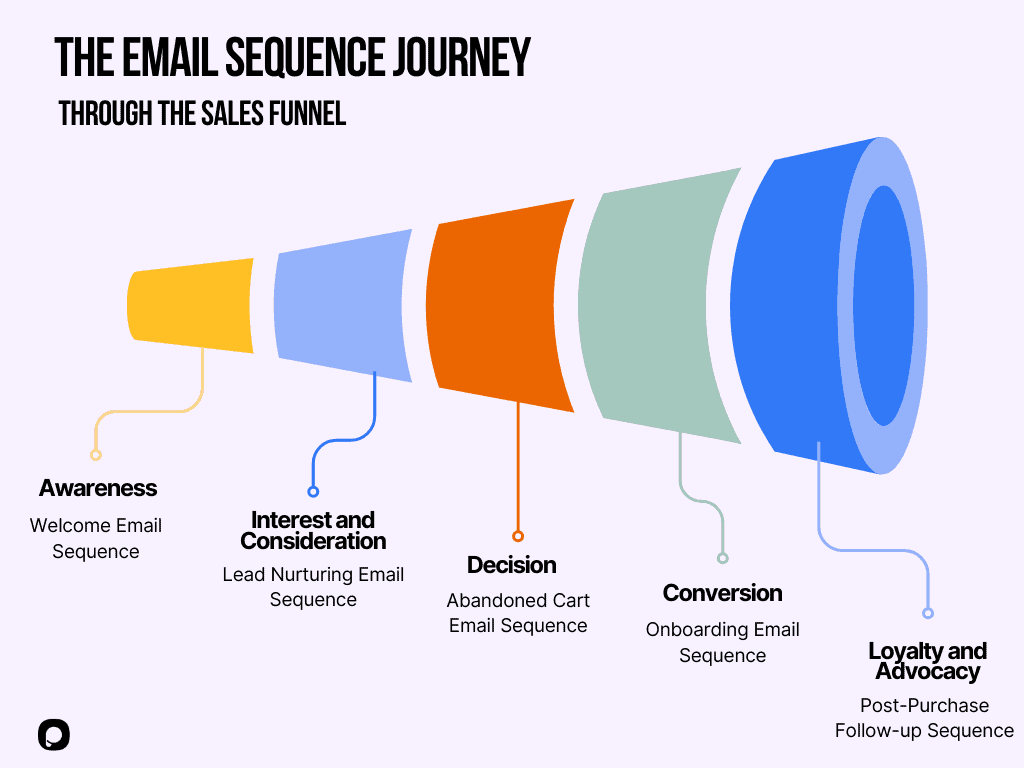With a well-crafted automated nurture sequence, you can significantly enhance your online course sales while building strong relationships with your audience. These automated emails guide your potential customers through their buying journey, keeping your offerings in top of mind. By providing valuable content and addressing pain points along the way, you’ll not only increase conversions but also create loyal learners who trust you. Get ready to dive in and discover how to set up nurturing sequences that empower your online course sales efforts!
Key Takeaways:
- Build Trust: Nurture your leads with valuable content to establish and maintain trust, making you the go-to expert when they’re ready to purchase.
- Shorten Sales Cycles: Use nurturing emails to guide potential customers through their decision-making process, addressing pain points and demonstrating the value of your offerings.
- Segment Your Audience: Tailor your nurturing sequences to specific audience segments based on their actions and interests to significantly increase engagement and conversion rates.
- Create Targeted Campaigns: Develop various nurturing sequences, such as webinar follow-ups and lead magnet sequences, to provide continuous value and keep leads engaged.
- Feedback Gathering: Incorporate feedback requests in your nurturing sequences to collect insights on customer needs and preferences, enhancing your offerings accordingly.

What Are Automated Nurture Sequences?
While creating automated nurture sequences can seem daunting, they’re a powerful tool in your marketing arsenal. Essentially, an automated nurture sequence is a series of pre-written emails that are sent out to your audience based on their specific actions and behaviors.
For instance, if someone downloads your course guide, you can automatically follow up with emails that provide additional resources, tips, or insights related to that topic. This approach not only builds trust but also keeps you top of mind, significantly increasing your chances of converting leads into paying customers.
By implementing these nurture sequences in your online course, you can effectively shorten your sales cycle and enhance your overall marketing strategy. Research shows that personalized and targeted emails generate 30% of all email revenue, which underscores the importance of segmentation in your nurturing efforts.
With your audience expecting valuable content, you can send tailored emails that address their specific needs and pain points, ultimately providing ongoing value even if they aren’t ready to buy immediately. Be mindful; it’s all about nurturing relationships, and with the right setup, you’ll be able to convert leads into enthusiastic course participants on autopilot.
Benefits of Nurture Sequences for Course Sales
To effectively boost your course sales, implementing nurture sequences can be a game-changer for your marketing strategy. By engaging your leads with personalized and valuable content, you can build trust and keep your course offerings front of mind. When you consistently reach out to your audience, you reinforce that you are the expert in your field, and they are more likely to turn to you when they are ready to make a purchase.
With an online course do not forget, nurturing is not just about selling; it’s about genuinely helping your audience by providing solutions to their challenges, which ultimately leads to higher conversion rates.
Additionally, nurturing sequences can significantly shorten your sales cycle. In the competitive world of online course sales, potential customers are often weighing their options and seeking assurance before making a decision. By delivering value-packed emails that address their pain points and highlight how your course can help them reach their goals, you encourage quicker decision-making.
Keep in mind that effective email nurturing can yield an impressive ROI, generating an average of $38 for every $1 spent in email marketing. So, by investing your time and resources into nurturing sequences, you’re setting the stage for enhanced sales and long-term customer loyalty.
Types of Nurture Sequences to Consider
The process of creating effective email nurture sequences requires careful planning and understanding of your audience’s needs. Here are some types of nurture sequences, for your online course, to consider as you develop your strategy for increasing your course sales:
- Welcome Email Sequence
- Webinar Follow-Up Sequence
- Lead Magnet Follow-Up
- Free Trial Promotion
- Feedback Gathering Sequence
Any of these sequences can be tailored to meet your specific goals, ensuring that each email sent provides value to your recipients. For an in-depth look at crafting successful email sequences, check out our Guide to Crafting Email Sequences to Promote Online Courses.
| Sequence Type | Description |
| Welcome Email Sequence | Introduces new subscribers to your courses and brand. |
| Webinar Follow-Up Sequence | Engages participants post-webinar to convert interest into sales. |
| Lead Magnet Follow-Up | Follows up with leads who downloaded free resources. |
| Free Trial Promotion | Encourages users to upgrade after a trial. |
| Feedback Gathering Sequence | Asks users for input to improve courses and offerings. |
Welcome Email Sequence
For your new email subscribers, a strong welcome email sequence sets the tone for future interactions. This sequence should express appreciation for their subscription and offer introductory content that provides value right out of the gate. Sending this carefully curated set of emails establishes a personal connection and helps cement trust. You might also highlight your most popular courses or resources to guide their next steps.
Moreover, think of your welcome emails as an opportunity to encourage engagement. Including a clear call-to-action in each email will invite them to explore your offerings further. This step is pivotal in nurturing leads and will set the stage for higher conversion rates down the line.
Webinar Follow-Up Sequence
Consider your webinar follow-up sequence as an vital tool to capitalize on the interest generated during your sessions. After hosting a webinar, promptly reaching out to attendees with follow-up emails can significantly enhance your conversion rates. In these emails, you should recap key points discussed, share valuable resources, and gently guide them towards signing up for your courses. This approach not only reinforces the value they gained from your webinar but also establishes your authority in the topic.
Plus, this follow-up sequence is an opportunity to address any common questions or objections that might hold your participants back from making a purchase. You can share case studies, testimonials, or additional content that targets their concerns. By keeping them engaged and providing continuous value, you increase the chances of turning attendees into paying customers.

Crafting Compelling Email Content
Assuming you’ve successfully built your email nurturing sequence, the next step is to craft compelling email content that will resonate with your audience. It’s vital to keep in mind that each email should provide value and address your audience’s pain points.
Aim to be succinct and engaging; your leads are busy, and a cluttered message could quickly lead to disinterest. Utilize storytelling to demonstrate how your course can transform their lives, sharing real-life success stories that align with their struggles.
As you develop your sequence, remember that personalized content drives significantly higher engagement. In fact, tailored campaigns can achieve 4-10x more responses than generic blasts. So, ensure you segment your audience appropriately before sending your emails.
Additionally, consider incorporating multimedia elements — such as videos or infographics — to enrich your content and maintain viewer interest. Links to useful resources can be extremely beneficial as well, so don’t shy away from leveraging external content.
A great starting point can be found in The Automation Playbook: Email Nurturing Sequences in …, which offers more insights on structuring effective email content. As you draft your messages, remember to include clear calls to action (CTAs) that guide your readers towards the next step in their journey. By ensuring your emails are value-driven, personalized, and engaging, you’ll foster a trusted relationship with your audience that ultimately leads to increased course sales.
Timing and Frequency of Your Emails
All great email nurturing sequences hinge on timing and frequency. You want to reach out to your audience frequently enough to build relationships and trust, but not so often that they feel overwhelmed or spammed. Striking this balance can be tricky, but it’s crucial for keeping your leads engaged. For example, if you’re following up after a webinar, aim for a sequence spread over a few days to a week, with emails every couple of days. This allows you to recap the event, share additional resources, and highlight how your course can address their needs—all while keeping your brand top-of-mind.
Additionally, consider your audience’s behavior and preferences when determining your email timing. You might find that emails sent in the morning or early afternoon get higher open rates. Tools like A/B testing can help you understand what times resonate best with your recipients. Don’t forget the power of segmentation; tailoring your email frequency based on different segments of your audience can elevate engagement rates significantly. As data suggests, segmented emails achieve 4 to 10 times more responses than generic blasts, ultimately leading to higher course sales and satisfied customers!

Analyzing and Optimizing Your Sequences
Despite the effort you’ve put into creating your automated nurture sequences, it’s crucial to regularly analyze their performance to ensure you’re maximizing conversions. Start by looking at metrics such as open rates, click-through rates, and conversion rates.
If you notice that certain emails aren’t performing as expected, don’t hesitate to test different subject lines, content, and calls to action. A/B testing can be particularly effective in helping you identify what resonates with your audience. Note, even small changes can lead to significant improvements in engagement and ultimately, sales.
On the flip side, it’s also vital to celebrate your successes. If a particular sequence leads to higher engagement or conversions, take note of the elements that contributed to that success. It’s all about iterating and refining your approach based on data-backed insights.
By keeping your focus on providing ongoing value and understanding your audience’s pain points, you’ll foster trust and relationship-building that can shorten your sales cycle. After all, nurturing emails targeted to specific segments are known to get 4 to 10 times more responses than generic ones!
Conclusion
Conclusively, creating automated nurture sequences is a game-changer for driving higher course sales. By consistently delivering valuable content tailored to your audience’s needs, you not only build trust but also shorten the sales cycle, guiding potential customers towards making informed purchasing decisions.
Each email you send is an opportunity to reinforce your expertise, showcase the benefits of your offerings, and nurture your leads through their buyer’s journey.
As you implement these nurturing sequences, remember to continuously assess and refine your approach based on feedback and engagement metrics. Your goal is to create meaningful connections that transform prospects into loyal customers. So take the time to craft personalized content that resonates with your audience—after all, the more value you provide, the more likely they’ll choose to invest in your courses when the time is right!
FAQ
Q: What is an automated nurture sequence and how does it help in selling online courses?
A: An automated nurture sequence is a series of pre-written emails that are sent to prospective customers over a set timeframe. These emails are designed to provide value, establish trust, and guide recipients toward making a purchase decision. For online courses, an effective nurture sequence can help educate potential students about the benefits and content of the course, share success stories, address common objections, and ultimately lead them to enroll. By consistently communicating with leads through useful insights and reminders, you increase the likelihood of converting them into paying students.
Q: How do I segment my email list for better nurture sequences targeting course sales?
A: Segmenting your email list involves categorizing your audience based on certain criteria, such as their interests, behaviors, or where they are in the customer journey. For course sales, you can segment your list based on actions like downloading free resources, attending webinars, or expressing interest in specific course topics. By tailoring your nurturing email campaigns to these segments, you can send relevant content that speaks directly to their needs and motivations, leading to higher engagement rates and increased sales conversions.
Q: What types of content should I include in my nurture sequence to maximize course sales?
A: To maximize course sales in your nurture sequence, include a variety of content types that resonate with your audience. Start with welcome emails that express gratitude for their interest and outline what they can expect. Follow up with valuable resources, such as blog posts or videos that provide additional insights related to the course topic. Incorporate testimonials and case studies that highlight success stories from past students. Additionally, you can send exclusive offers or discounts, answer frequently asked questions, and create urgency with time-sensitive promotions. This diverse mix ensures you keep recipients engaged while steadily guiding them toward a purchase.

